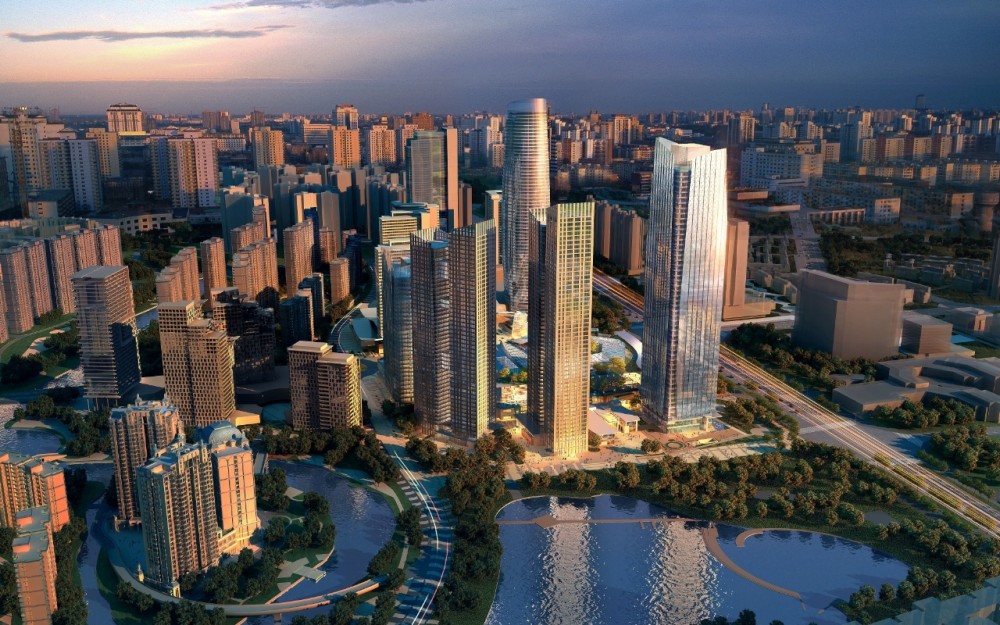Architecture Affects How You Feel;Part-2

Hellow streemian friends, how about you?
Firstly I am sorry for late my second part in this writing.
Now starting my writing but before I say that who no reading my first part please, read it at first unless you do not understand this part.
https://steemit.com/feature/@mdsalahuddin/architecture-affects-how-you-feel-part-1
Today, thank to psychological studies, we have much better idea of kind of urban environments that people like or find stimulating. Some of these studies have attempted to measure subjects ' physiological responses in situ, using wearable devices such as bracelets that monitor skin conductance (a market of physiological arousal) Smartphone apps that ask subject about their emotional state, and electroencephalogram (EEG) headset that measure brain activity relating to mental states mood.
"This adds a layer of information that is otherwise difficult to get at, " said Colin Ellard, who researches the psychological impact of design at the University of Waterloo in Canada. "When we ask people about their stress they say it's no big deal, yet when we measure their physiology we discover that their responses are off the charts.The difficulty is that your physiological state is the one that impacts your health. Taking a closer look at these physiological states could shed light on how city design affects our bodies.
One of Ellard's most consistent finding is that people are strongly affected by building facades. If the facade is complex and interesting , it affects people in a positive way;negatively if it is simple and monotonous. For example, when he walked a group of subjects past the long, smoked-glass frontage of a Whole Foods store in Lower Manhattan, their arousal and mood States took a dive, according to the wristband reading and on-the spot emotion surveys.They also quickened their pace as if to hurry out the dead zone. They picked up considerably when they reached a stretch of restaurants and stores, where (not surprisingly) they reported feeling a lot more lively and engaged.
The writer and urban specialist Charles Montgomery, who collaborated with Ellard on his Manhattan study, has said this points to "an emerging disaster in street psychology".In his book Happy City, he warns:As suburban retailers begain to colonise central cities, block after block of after of bric-a-brac and -scale building and shops are being replaced by blank, cold spaces that effective bleach street edges of conviviality.
Another oft-replicated finding is that having access to green space such as woodland or a park can offset some of the stress of city living.
Vancouver, which surveys consistently rate as one of the most popular cities to live in, has made a virtue of this, with its downtown building policies geared toward ensuring that residents have a decent view of the mountains, forest and ocean to the north and west. As well as being restorative,green space, appears to improve health. A study of the population of England in 2008 found that the health effects of inequality, which tend to increase the risk of circulatory disease among those lower down the socioeconomic scale are far less pronounced in green area.
-------------The End ------------------------_------------
My next post will be a engineering terms..
So Follow And Inspiration me For more educational Posts.